I Hate Title 24 in CA
akarinz
15 years ago
Related Stories
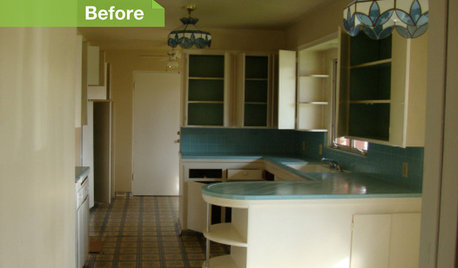
KITCHEN DESIGN24 Dramatic Kitchen Makeovers
From drab, dreary or just plain outdated to modernized marvels, these kitchens were transformed at the hands of resourceful Houzzers
Full Story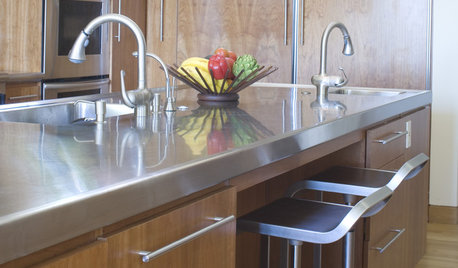
KITCHEN DESIGNDesign an Easy-Clean Kitchen
"You cook and I'll clean" might no longer be a fair trade with these ideas for low-maintenance kitchen countertops, cabinets and floors
Full Story
TINY HOUSESHouzz Tour: A Custom-Made Tiny House for Skiing and Hiking
Ethan Waldman quit his job, left his large house and spent $42,000 to build a 200-square-foot home that costs him $100 a month to live in
Full Story
KITCHEN DESIGNThe Cure for Houzz Envy: Kitchen Touches Anyone Can Do
Take your kitchen up a notch even if it will never reach top-of-the-line, with these cheap and easy decorating ideas
Full Story
MORE ROOMSCould Your Living Room Be Better Without a Sofa?
12 ways to turn couch space into seating that's much more inviting
Full Story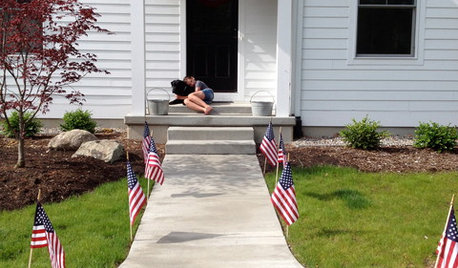
MOST POPULARHow to Hang the American Flag at Home
We’ll show you how to display the American flag on your house for Memorial Day, the Fourth of July or all year round
Full Story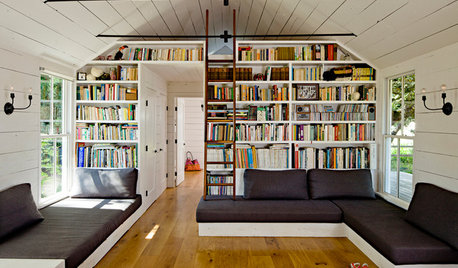
LIFE'Not My Precious Books!' — Pain-Free Ways to Declutter Your Library
Have your books and neatness too, with these ideas for paring down and straightening up a beloved collection
Full Story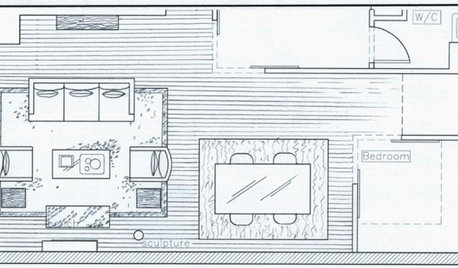
DECORATING GUIDES9 Planning Musts Before You Start a Makeover
Don’t buy even a single chair without measuring and mapping, and you’ll be sitting pretty when your new room is done
Full Story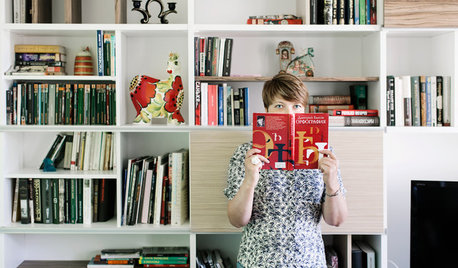
HOMES AROUND THE WORLDWorld of Design: 11 Book Lovers and Where They Like to Read
Bibliophiles across the globe reveal their top books and favorite reading spots, from a 2-story library to an artfully curated book nook
Full Story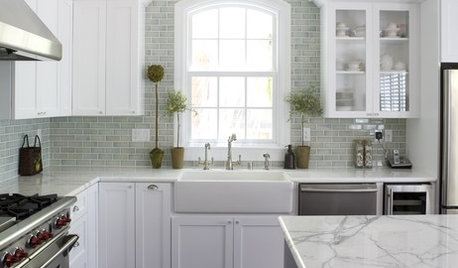
INSIDE HOUZZA New Houzz Survey Reveals What You Really Want in Your Kitchen
Discover what Houzzers are planning for their new kitchens and which features are falling off the design radar
Full StoryMore Discussions







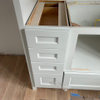
caview
astridh
Related Professionals
Queen Creek Kitchen & Bathroom Designers · Bensenville Kitchen & Bathroom Designers · Holden Kitchen & Bathroom Remodelers · Bellevue Kitchen & Bathroom Remodelers · Blasdell Kitchen & Bathroom Remodelers · Pico Rivera Kitchen & Bathroom Remodelers · San Juan Capistrano Kitchen & Bathroom Remodelers · South Park Township Kitchen & Bathroom Remodelers · Prairie Village Kitchen & Bathroom Remodelers · Mountain Top Kitchen & Bathroom Remodelers · Gaffney Cabinets & Cabinetry · Hanover Park Cabinets & Cabinetry · Watauga Cabinets & Cabinetry · Hermosa Beach Tile and Stone Contractors · Shady Hills Design-Build Firmssjerin
solarpowered
kateskouros
Yvonne B
akarinzOriginal Author
edlakin
solarpowered
bluekitobsessed
igloochic
solarpowered
Yvonne B
Danahills
solarpowered
solarpowered
jeffrow
bluekitobsessed
donnar57
aussies
igloochic
solarpowered
tomalyse
solarpowered
solarpowered
igloochic
solarpowered
aussies
solarpowered
solarpowered
solarpowered
kateskouros
nuccia
yesdear
solarpowered
solarpowered
muscat
abbycat9990
catlike
jessie21
weissman
talley_sue_nyc
igloochic
montalvo